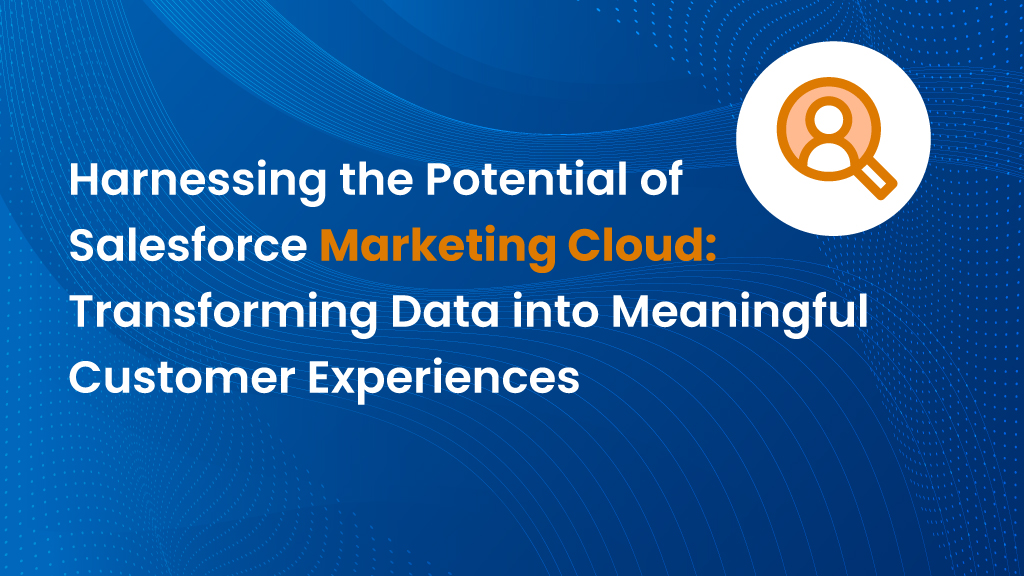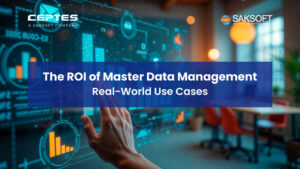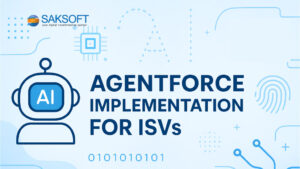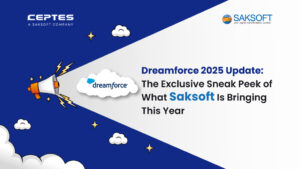How Data Drives Success in Salesforce Marketing Cloud
Data is the lifeblood of effective marketing. Salesforce Marketing Cloud harnesses the power of data to deliver personalized, scalable marketing strategies that resonate with customers on an individual level. Here’s how it works:
1. Audience Segmentation and Targeting: Salesforce Marketing Cloud Platform offers robust tools like Lists and Data Extensions to organize, segment, and manage your contacts. This segmentation allows for hyper-targeted campaigns tailored to specific demographics, behaviors, and preferences.
Use Case: A retail brand segments its audience based on purchase history, sending exclusive offers on athletic wear to fitness enthusiasts while promoting formal attire to professionals.
2. Hyper-Personalization with AI: Leveraging AI, Marketing Cloud scales personalization to a new level. Tools like Einstein enable real-time, personalized interactions based on customer behavior and preferences.
Use Case: A leading ticketing platform uses AI to recommend concerts based on past purchases and browsing behavior, increasing ticket sales and customer loyalty.
3. Automation for Efficiency: Marketing cloud automation tools streamline repetitive tasks such as welcome emails, abandoned cart reminders, and loyalty rewards. These automated workflows ensure timely, relevant communication while freeing up resources for strategic initiatives.
Use Case: A subscription service automates renewal reminders and personalized thank-you notes, boosting customer retention.
4. Unified Data Management with Data Cloud: Salesforce Data Cloud integrates disparate data sources into a single, unified customer profile, enabling marketers to gain a 360-degree view of their audience. This holistic view enhances personalization, segmentation, and decision-making.
Use Case: A global retailer leverages Data Cloud to merge online, offline, and third-party data, creating unified customer profiles for more targeted marketing campaigns.
5. Data Enrichment with Data Studio and DMP:
Salesforce Data Studio and the Data Management Platform (DMP) enrich customer data by integrating external data sources, providing deeper insights into customer behavior and preferences.
Use Case: A top automotive brand uses Data Studio to enrich customer profiles with third-party data, allowing for more precise targeting of enthusiasts based on their online behavior and interests.
Lists vs. Data Extensions: Choosing the Right Tool
Understanding the difference between Lists and Data Extensions is crucial for effective data management in Marketing Cloud.
- Lists: Ideal for smaller datasets (typically under 500,000 records), Lists are simple and fast to manage. They are perfect for basic email campaigns and transactional communications. For example, if you’re running a small newsletter campaign, Lists can handle it efficiently.
- Data Extensions: Designed for larger datasets, Data Extensions offer more flexibility and scalability. They allow you to store additional fields and perform complex operations like filtering and randomization. For instance, if you’re managing a global campaign with millions of subscribers, Data Extensions are the way to go.
When to Use Which?
- Opt for Lists when managing small, uncomplicated campaigns.
- Choose Data Extensions for large-scale, sophisticated marketing efforts requiring detailed segmentation.
Mastering Sender and Delivery Profiles for Optimal Engagement
In Marketing Cloud, Sender Profiles and Delivery Profiles play a critical role in ensuring your emails reach the right inboxes.
- Sender Profile: This represents the “from” address in your emails. It’s essential to use a recognizable sender name and email address to build trust with your audience. For example, if you’re sending a technical update, the sender profile could be your tech team’s email.
- Delivery Profile: This defines the “to” address and ensures your emails are delivered to the correct recipients. It’s crucial to maintain a clean and updated delivery profile to avoid bounces or spam complaints.
Managing Audiences with Exclusion and Suppression Lists
Not all contacts should receive every campaign. Exclusion Lists and Suppression Lists help refine your audience, ensuring relevant and compliant communication.
- Exclusion Lists: Temporarily exclude specific contacts from particular campaigns to avoid over-communication.
- Suppression Lists: Permanently filter out contacts who have unsubscribed, marked emails as spam, or opted out of communication.
Why These Lists Matter:
- They protect your sender reputation.
- They ensure compliance with regulations like CAN-SPAM.
- They improve campaign performance by targeting engaged audiences.
Publication Lists: Empowering Subscribers
One of the most powerful Marketing Cloud features is the Publication List, which allows subscribers to choose the type of content they want to receive. For example, a subscriber might opt to receive monthly newsletters but not promotional emails.
Benefits of Publication Lists:
- Increase subscriber satisfaction by offering content choice.
- Reduce unsubscribe rates by aligning content with preferences.
- Boost engagement by delivering highly relevant content.
Crafting Compelling Email Copy: Best Practices
The success of any campaign isn’t just in the data—it’s also in the message. Here’s how to create engaging email content:
- Personalization: Use dynamic content to address recipients by name and tailor messaging based on their behaviors and interests.
- Clarity and Focus: Keep your message concise with a clear, compelling call-to-action (CTA).
- Mobile Optimization: Ensure emails are responsive and visually appealing on all devices.
Key Takeaways
1. Data Drives Decisions: Leveraging Lists, Data Extensions, Data Cloud, and Publication Lists allows for precise audience targeting.
2. Segmentation and Personalization: Tailor campaigns to individual preferences for higher engagement.
3. Automation Enhances Efficiency: Streamline workflows with automated communications.
4. Unified Data Management: Use Data Cloud, Data Studio, and DMP to create comprehensive customer profiles and enrich marketing efforts.
5. Audience Management: Use Exclusion and Suppression Lists to refine targeting and maintain compliance.
Let’s Wrap Up!
Salesforce Marketing Cloud is more than just a marketing tool—it’s a comprehensive platform that transforms data into personalized customer experiences. By mastering its features, from audience segmentation to ai-powered marketing automation, marketers can create campaigns that not only reach the right people but resonate deeply with them. Whether you’re a seasoned marketer or just beginning your journey, Salesforce Marketing Cloud offers the tools and insights needed to elevate your strategy and achieve marketing success.
Ready to revolutionize your marketing efforts? Talk to our experts to dive into Salesforce Marketing Cloud and unlock the full potential of data-driven marketing today!
FAQ:
1. What is the primary advantage of using Salesforce Marketing Cloud?
2. When should I use Lists instead of Data Extensions?
3. How does automation in Marketing Cloud improve efficiency?
4. What role do Data Cloud, Data Studio, and DMP play in Marketing Cloud?
5. Why are Exclusion and Suppression Lists important?

Nilamani Das
Nilamani is a thought leader who champions the integration of AI, Data, CRM and Trust to craft impactful marketing strategies. He carries 25+ years of expertise in the technology industry with expertise in Go-to-Market Strategy, Marketing, Digital Transformation, Vision Development and Business Innovation.


















